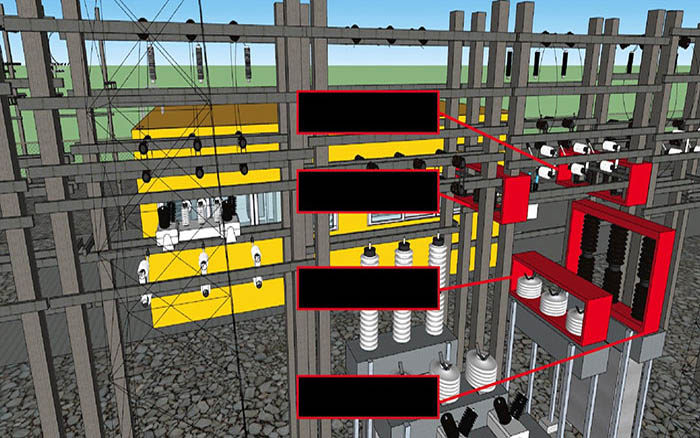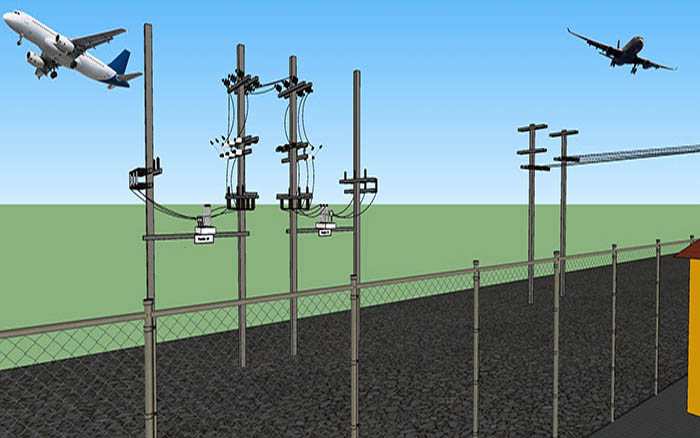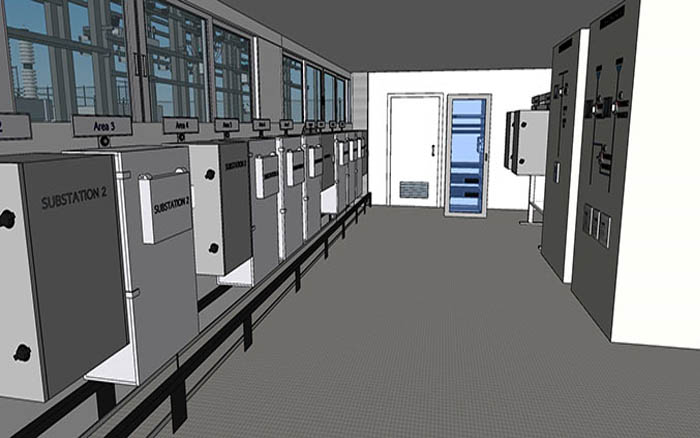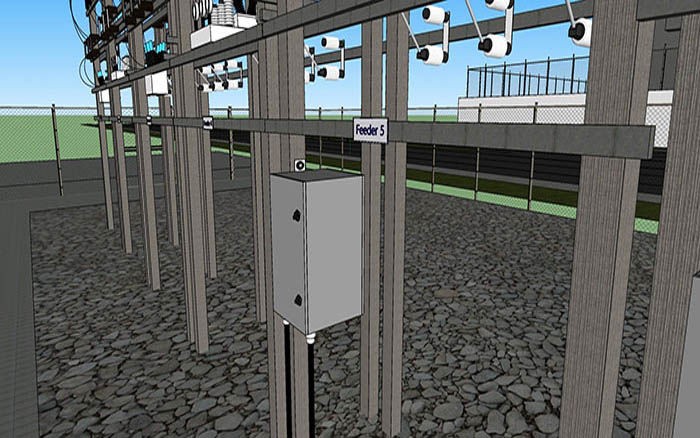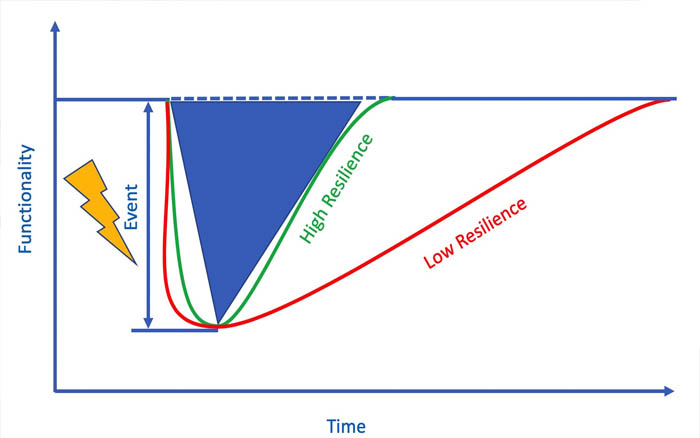Case Study #2: Financial Institution
In February 2019, the banking behemoth, Wells Fargo, was hit with widespread outages and a series of glitches, which rendered their automated systems and customer service representatives unable to access their network. The situation also left the majority of their customers without access to their bank accounts, which meant that their financial transactions were failing to go through. Withdrawing cash to pay the bills, depositing money for payroll, and even swiping a debit card for gas – all these were inaccessible. Later that day, executives from Wells Fargo announced that this catastrophe had been caused by a power shutdown when smoke was detected during a routine facility maintenance check. They also cautioned their customers against potential cyber attackers, whom they claimed would take advantage of the chaotic situation to phish, obtain information, and potentially exploit the situation. The paradigm that Wells Fargo faced perfectly illustrates the significance of Resiliency Engineering, especially amidst a world that is rapidly going digital. Perhaps, had the bank’s systems and structures been more resilient, they might have continued operating, despite a power shutdown. Thousands of people might have still been able to access their money, rather than being forced to remain vigilant for signs of questionable activities. Of course, this example is not isolated to Wells Fargo; the described situation can affect any financial institution at any time.


